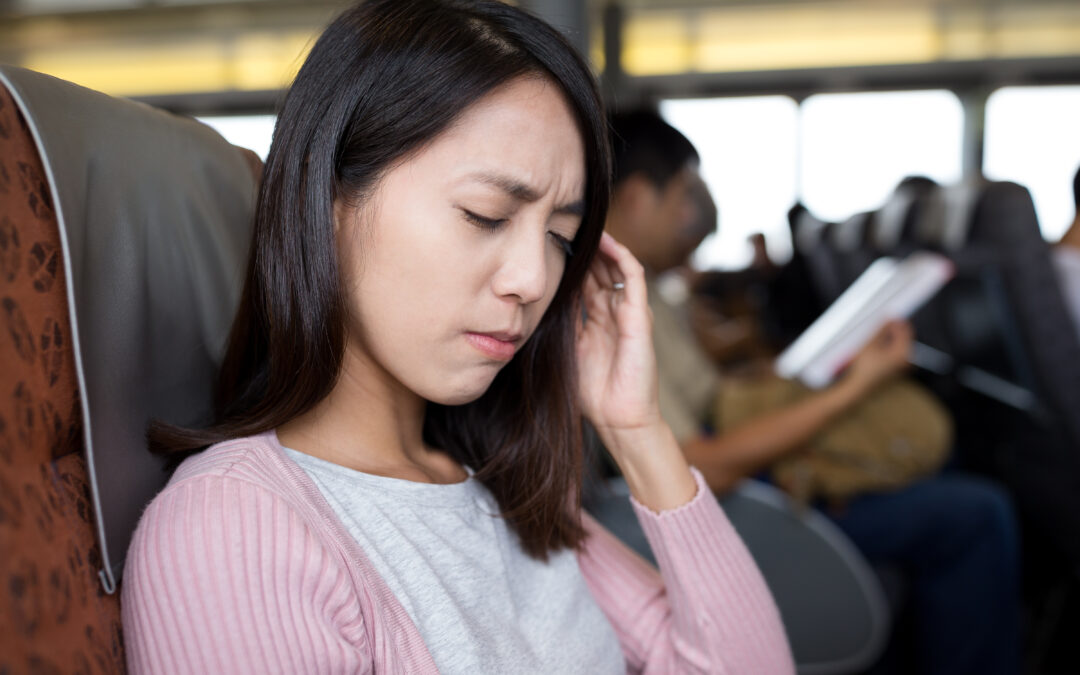
Sitting for long periods of time while traveling, whether by airplane, train or car, can increase a traveler’s risk for developing a blood clot. Research shows that this low-activity situation and the environmental conditions of a plane increase a person’s risk of deep vein thrombosis (DVT). DVT is the formation of blood clots in your veins, usually in the legs or pelvic region. These clots can break loose and travel upwards to get stuck in your lungs and block off blood flow and oxygen transport — a condition known as pulmonary embolism (PE). Simply by being an endurance athlete, your chances for DVT and PE are increased. Assuming no other known causes, one study shows that almost ¾ of all DVT and PE in air travelers occur in endurance athletes.
Let’s take a closer look at why this is. Endurance athletes have above-average blood volume and slow resting heart rates. This is part of the physiological adaptation that allows the massive increase in oxygen delivery to your muscles that is necessary during training and racing. Endurance athletes can increase their cardiac output to levels much higher than what an untrained individual could sustain. However, when they get on a plane and sit in their seats, endurance athletes then have slower blood flow velocities in their veins and an increased risk of clot formation due to this by-product of their good health. After racing, especially, the risk of clotting is increased even more by the blood vessel and muscle damage and the enhanced tendency of the blood to clot caused by the stress of racing. Research suggests employing the following strategies while traveling to help minimize one’s risk of DVT and PE:
- Avoid Dehydration – Drink plenty of water or electrolyte replacement drinks like Gatorade.
- Move around often – Walk around your train or plane every so often. If you are driving, pull over and stretch your legs for a couple of minutes every hour or so. It is also recommended to exercise your legs at least once every hour while seated.
- Wear low-leg compression socks – These are used often by professional sports teams and are an especially good idea if you’re traveling for more than 2 or 3 hours.
- Consider blood thinners – Aspirin, niacin, and tea are examples of good non-prescription blood thinners. If recommended by a physician, medical blood thinners such as Heparin are effective as well.
It’s strange to think that being in excellent physical condition can put you at higher risk for a condition that, if not caught right away, can very easily kill you. However, this should not be a factor that hinders athletes from competing. Just follow the simple suggestions above and remain conscious of how often you move around—keep your legs loose and active.
Traveling to compete in regional or global events is a wonderful opportunity for an athlete. In order for an athlete to make the most of these situations, it’s important to recognize that travel itself can be a formidable opponent and to take the steps necessary to keep healthy during the journey.
Author: Derek Giannetti
Derek Giannetti, a guest contributor to the Healthy Travel blog, is an upcoming junior at Ursinus College where he plays football and studies Exercise and Sports Science. Upon graduation, Derek hopes to pursue a career in Health and Physical Education.

